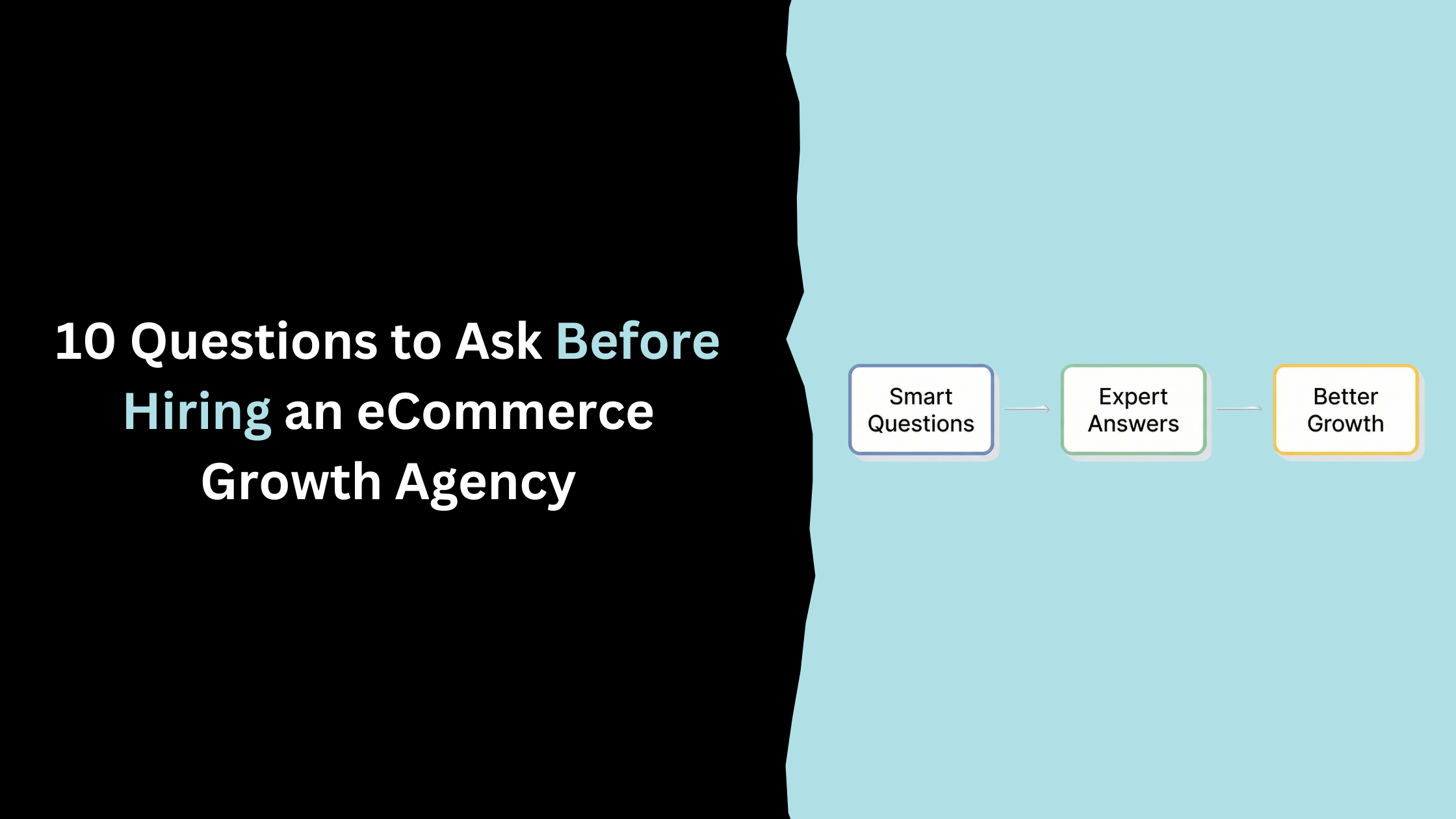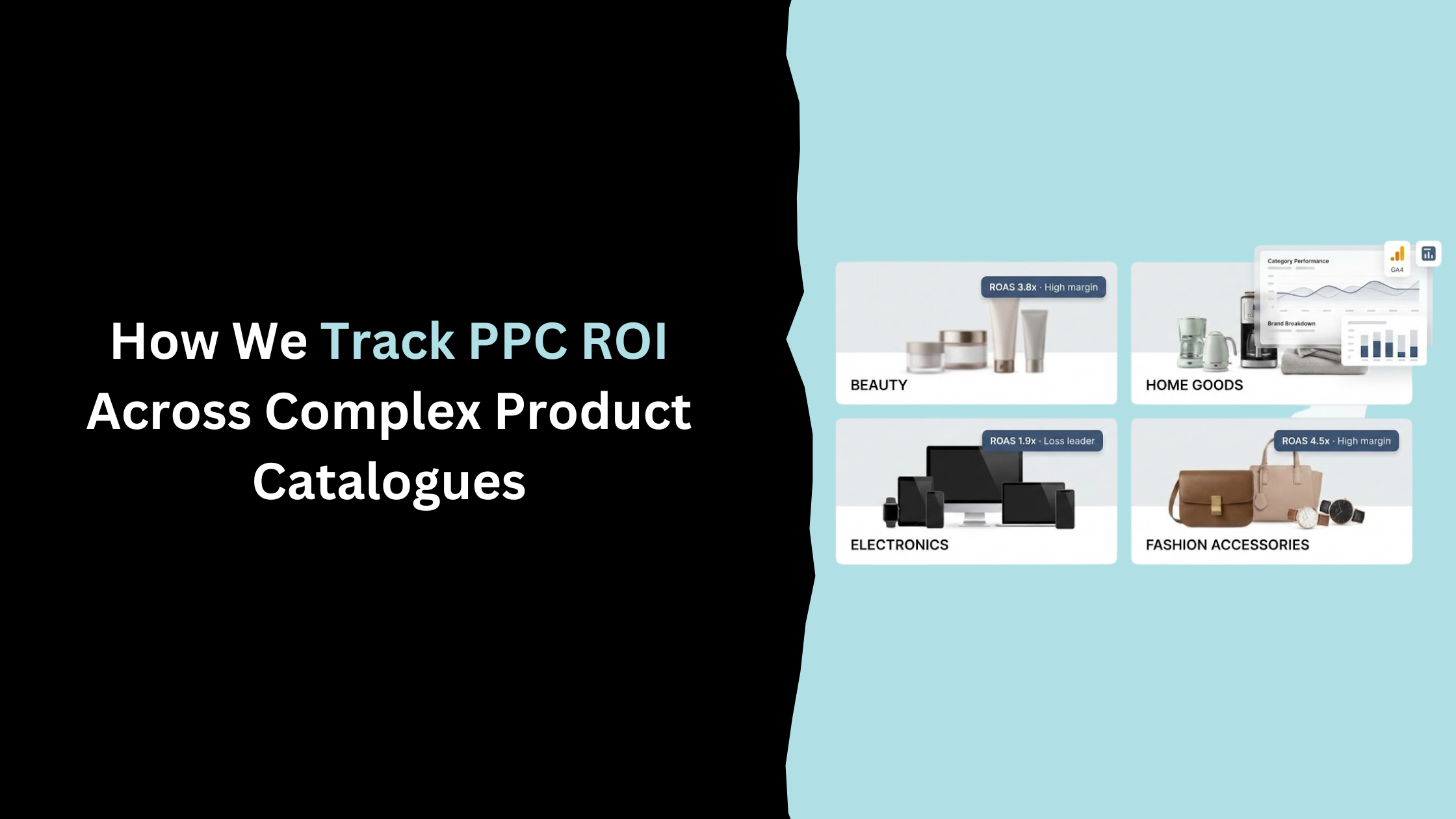Table of Contents
The use of data intelligence is not new. But, the advent of so much data due to digital touch points being used to interact with brands has given marketers a rich seam of new marketing intelligence to mine to build up a better picture of their consumer’s behaviour. We think the best use of data is still the work Dunnhumby did for Tesco in the early 90’s with the clubcard. At a stroke Tesco managed to glean information which would impact on their supply chain, buying and, of course, their customers. They managed to give rewards for information from consumers and effectively created CRM as we know it. Tesco did, and still do, have deep pockets — but how can SMEs use data to make better decisions? We’ll show you how you can start a big data strategy for free.
Google Analytics and Big Data
Google Analytics is a rich seam of anonymised data that will give you a deep insight into how your web audience interacts with your website and, by extension, your business. First of all you need to set some goals. Then think about what success for your business looks like – is it a sale or are conversions measured in a different way for your business? You need to develop different goals for each business objective. Next identify your KPI’s – and make sure they are SMART (Specific, Measurable, Realistic and Timely). Next set your targets (financial or other) and your target customer segments. Once you have completed this exercise you will be on your way to starting to measure.
How we do it
When starting an analytical project on behalf of a client we often start with the audience. Who is using your site? Where are they and how does behaviour differ on site? How does behaviour differ for new and returning visitors? What goals (if any) have different audience segments completed? Identifying these different factors will set you on your way to learning who your sweets pot audience is.
Next we like to focus on Acquisition. How do you currently acquire your customers? How does he bounce rate and page views differ for these different channels? For an eCommerce client or any company that spends money on digital advertising, Acquisition is a key tool for revenue attribution and where your marketing spend should be focused. Be wary though as ‘last click’ attribution can be a blunt instrument, we prefer to look at Multi-Channel Funnels as this will tell us how one attribution is impacted by another. Conversions are rarely linear. If a consumer is going to buy a new car they may look on Auto Trader, then visit a car show room and then buy a car from a different show room or even a private seller. Who should be held responsible for the sale here, Auto Trader or the second show room? They could be equally as responsible so this fact needs to be considered as part of your marketing intelligence.
Next we like to look at site behaviour more deeply. Which pages are viewed the most? And, what do people do on these heavily viewed pages? This information will help you with your on-site strategy, as well as what would help to resonate with people through your social media strategy and even the tone of voice within your digital advertising. If a page resonates with a particular type of customer — why not use this data to inform your broadcast approach to acquire more of these types of people?
There is a lot to learn about Google Analytics, sometimes the amount of data one can access and report on can be overwhelming. We would encourage you to start with the basics, set some goals and try and learn more about your customers. We use this methodology all of the time to develop a deeper understanding of our and our client’s customers. Google Analytics is free and intuitive, if you are a digital novice and want to start learning more about your customers to make informed decisions, it’s a great place to start.
Get in touch today
complete the form below for an informal chat about your business








